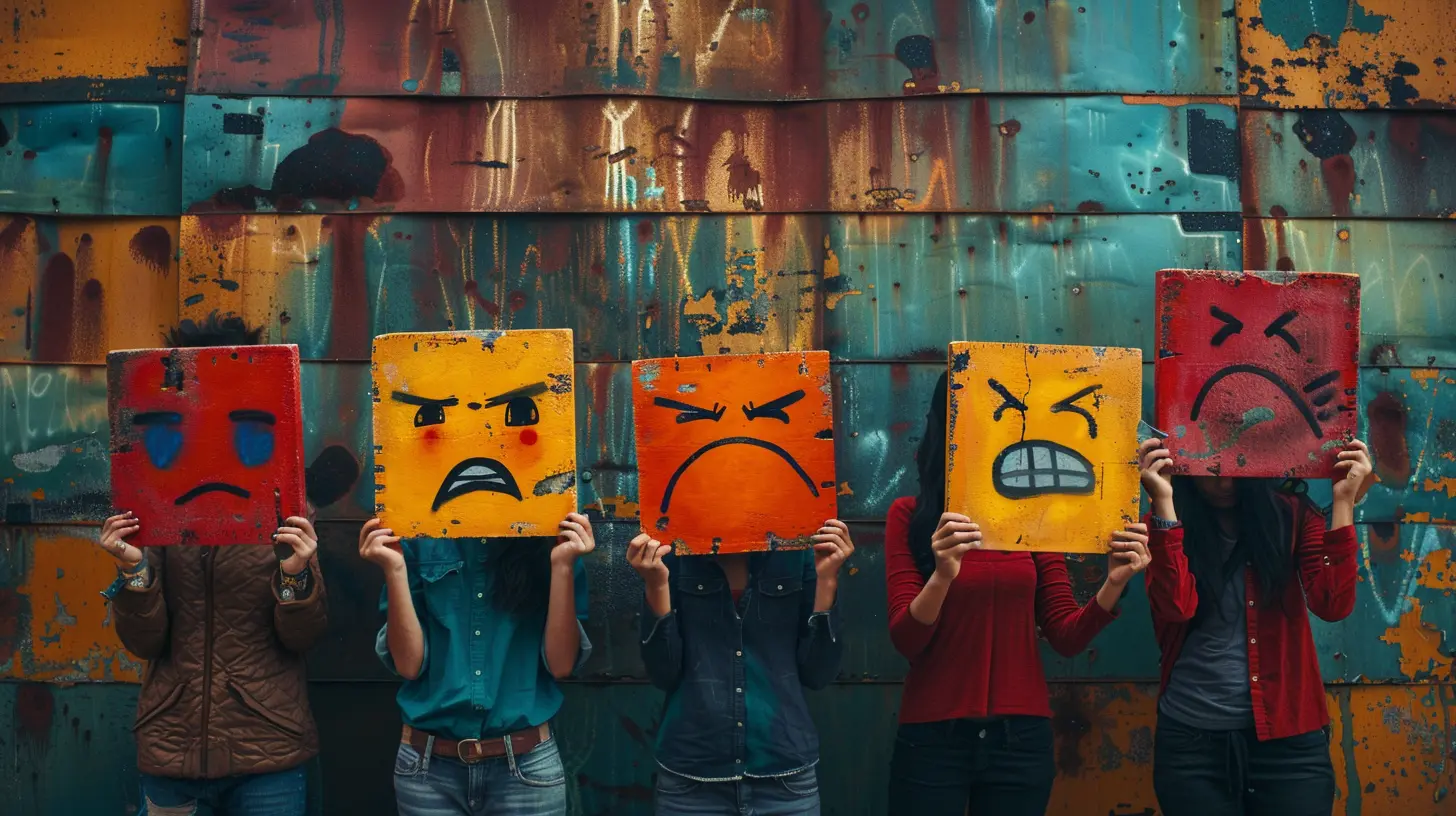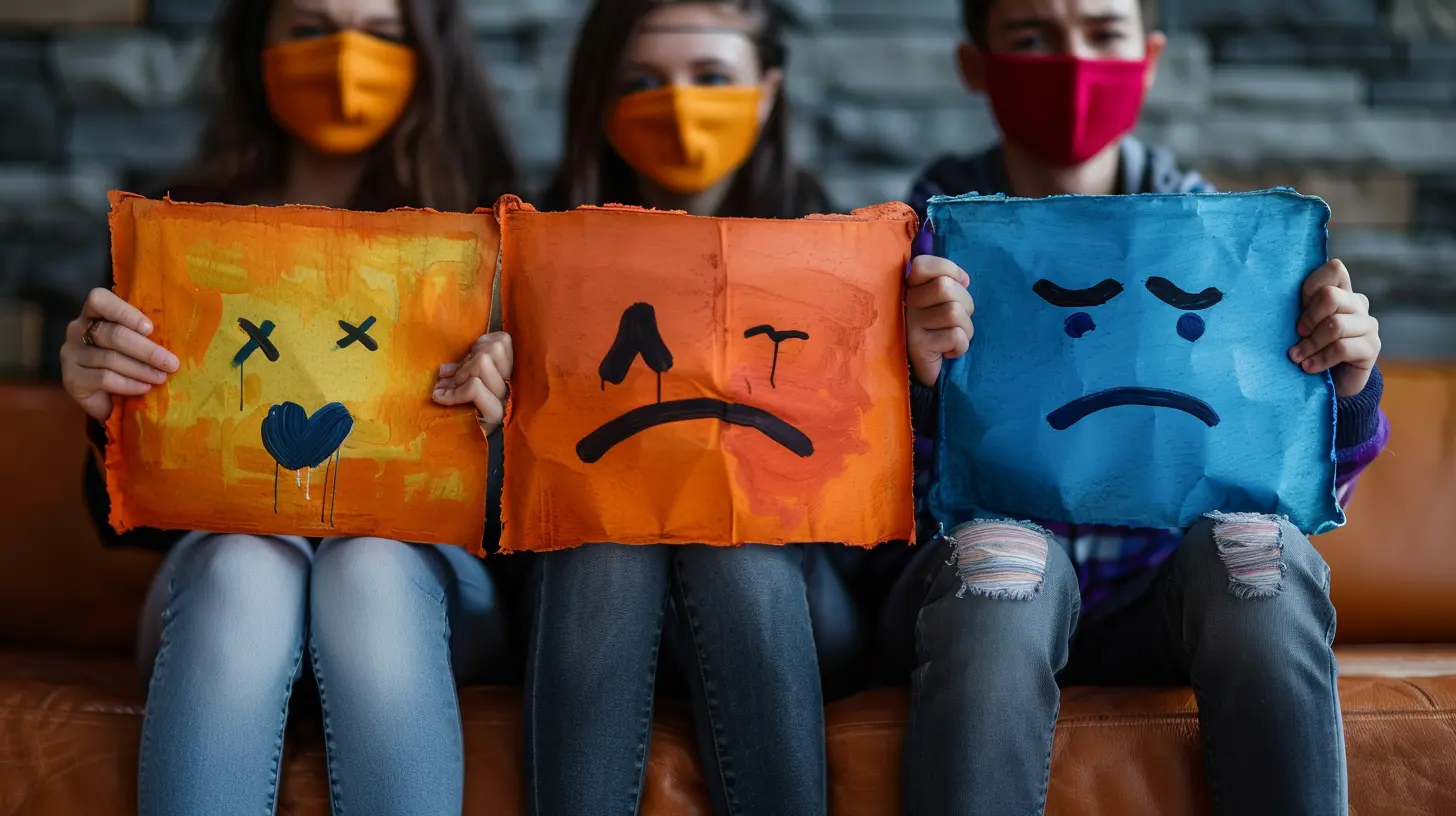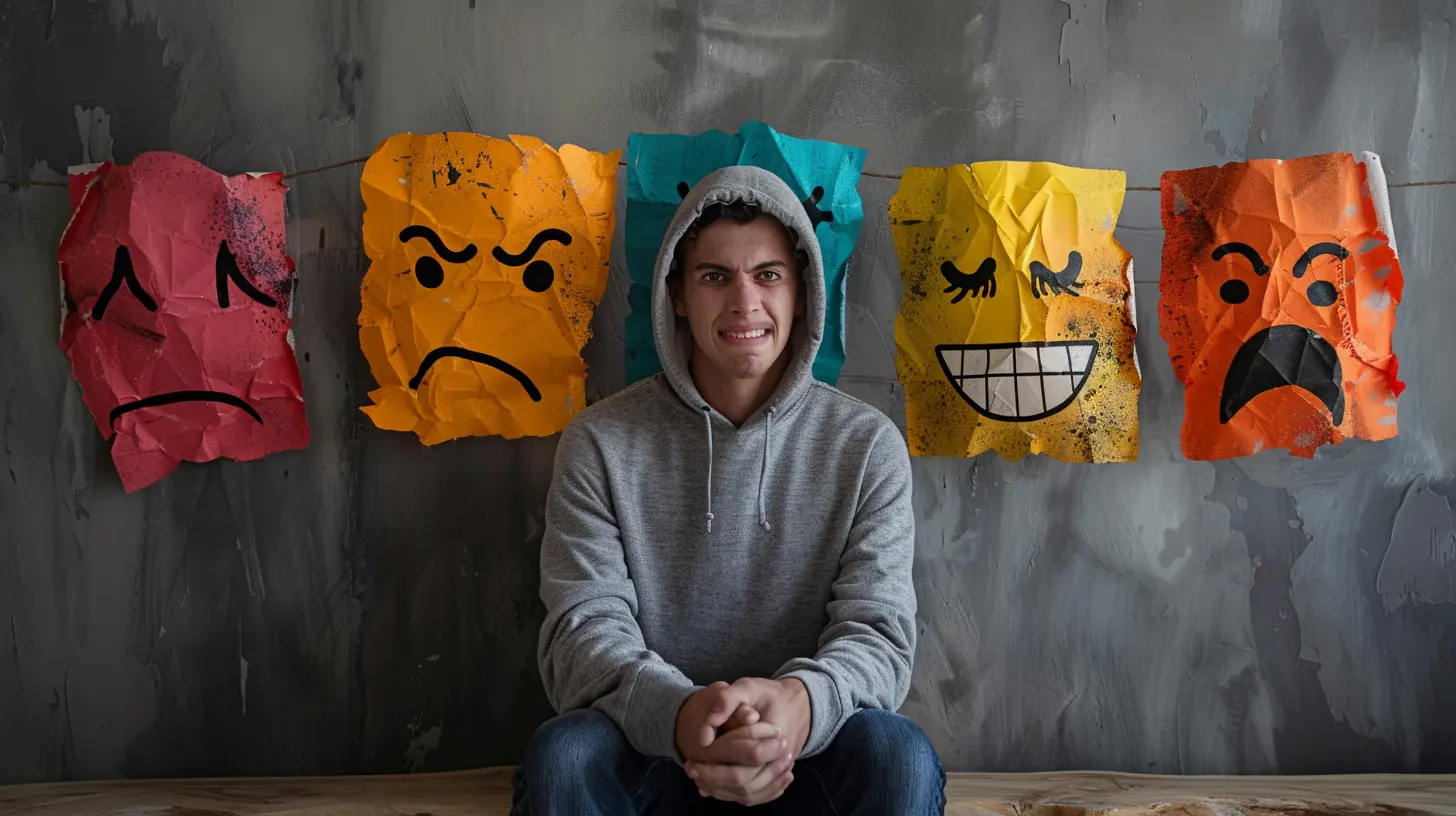How Social Media Impacts the Way We Express Our Emotions
23 September 2025
Social media has completely transformed the way we communicate, shaping not just our interactions but also how we express our emotions. Have you ever found yourself typing out an emotional text, only to delete it and post a vague, relatable quote instead? Or maybe you've hesitated before sharing something personal, fearing judgment from your followers?
The truth is, social media has rewired the way we process and showcase our feelings. From emojis and GIFs to tweets and TikToks, our emotional expressions are now tailored, filtered, and sometimes even suppressed. But is this new way of emotional expression healthy, or is it limiting our ability to connect authentically? Let's dive in.

The Digital Age of Emotional Expression
Before social media, expressing emotions was pretty straightforward. If you were happy, you'd smile and share your joy with friends. If you were upset, you'd talk about it in person. But in the digital world, emotions are often compressed into likes, shares, and carefully curated posts.Instead of saying, "I'm feeling down today," many people post a melancholic song lyric, hoping someone will pick up on their mood. Instead of openly communicating frustration, we might use a passive-aggressive meme. Social media gives us infinite tools to express ourselves, but ironically, it also makes true emotional expression more complicated.

The Rise of "Performative" Emotions
One of the biggest shifts social media has introduced is performative emotion—when people express feelings not necessarily because they feel them deeply, but because they want a certain reaction.Think about it: Have you ever seen someone post a long, heartfelt message about their friend’s birthday, only to wonder if they said all those nice things in person? Or maybe you've seen people post about a tragedy, only to gain engagement for their own page? This isn't to say people don’t genuinely feel what they post, but sometimes the act of posting becomes more about the audience than the emotion itself.
Over time, this habit can affect our emotional authenticity. Instead of processing our emotions, we might start curating them for digital validation.

The Role of Likes, Comments, and Shares
Social media thrives on engagement, and nothing fuels engagement like emotion. The more dramatic, shocking, or heartwarming a post is, the more likely it is to go viral. But this dynamic creates an interesting problem: We start measuring the "worth" of our emotions based on how much engagement they get.Ever posted something vulnerable, only to delete it when it didn’t get enough likes? You're not alone. Many people subconsciously equate digital reactions with emotional validation. If a happy moment gets tons of likes, it feels more special. If a sad post gets little response, it might feel like no one cares. This feedback loop can distort our natural way of processing feelings and make us prioritize social approval over personal expression.

Social Media and the Suppression of Negative Emotions
On social media, there's an unspoken pressure to appear happy, successful, and put-together. While people are becoming more open about mental health, there's still a tendency to hide struggles for fear of seeming weak or dramatic.How many times have you scrolled through smiling selfies and vacation photos while feeling miserable inside? It’s easy to assume that everyone else is happy, which can make expressing sadness or frustration feel isolating.
Unfortunately, this pressure can lead to emotional suppression. Instead of openly expressing pain or disappointment, many people bottle it up, leading to increased stress, anxiety, and even depression.
The Positive Side: Emotional Connection and Support
It's not all bad news, though! Social media has also provided incredible opportunities for emotional connection:- Instant Support Systems: Whether it’s an online support group, mental health page, or just a kind comment from a stranger, social media can provide comfort during tough times.
- Awareness and Advocacy: Platforms allow people to share their struggles, raising awareness about emotional well-being and encouraging conversations that might not happen offline.
- Creative Expression: From poetry and art to music and storytelling, many use social media as a creative outlet to channel their emotions in a meaningful way.
When used thoughtfully, social media can actually help people process emotions in healthy, validating ways.
How to Navigate Emotional Expression on Social Media
So, how can we balance using social media while staying emotionally authentic? Here are a few tips:1. Check Your Intentions: Before posting, ask yourself—are you sharing something because it’s genuine, or because you hope to get a specific reaction?
2. Don’t Let Likes Define You: Social media engagement is nice, but it doesn’t determine the value of your feelings. Your emotions are valid, even if they don’t get hundreds of reactions.
3. Find Healthy Outlets: Instead of depending solely on social media, explore other ways to express emotions—journaling, talking to a friend, or engaging in hobbies can be great alternatives.
4. Take Digital Breaks: Sometimes, a little distance from social media can help us reconnect with our emotions in a more organic way.
5. Be Mindful of Comparison: Remember that social media is a highlight reel, not real life. Don’t let the curated happiness of others make you feel like your emotions aren’t valid.
Final Thoughts
Social media has undeniably changed the way we express emotions—for better and worse. While it offers connection, creativity, and support, it also promotes performative emotions and emotional suppression. The key is to use it mindfully, ensuring that our online expressions align with our real-world feelings.Emotions are complex, and no amount of likes or shares can define their depth. So next time you feel something deeply, ask yourself—does this need a post, or does it need a real conversation? The answer might surprise you.
all images in this post were generated using AI tools
Category:
Emotional ExpressionAuthor:

Paulina Sanders
Discussion
rate this article
1 comments
Chloe Snow
Great article! It's fascinating how social media shapes our emotional expressions. I often find myself wondering if my posts truly reflect my feelings or just the highlight reel of my life. Thanks for shedding light on this!
October 18, 2025 at 3:09 AM

Paulina Sanders
Thank you for your thoughtful comment! It's definitely a complex dynamic between authenticity and the curated nature of social media. I'm glad the article resonated with you!


